 Flowers tulips - description with photos, cultivation, reproduction, pest control, we will talk about all this in our article. Tulip is a primrose. These delicate, graceful flowers will decorate any garden. Tulips were brought to Russia by order of Peter the Great to decorate the gardens.
Flowers tulips - description with photos, cultivation, reproduction, pest control, we will talk about all this in our article. Tulip is a primrose. These delicate, graceful flowers will decorate any garden. Tulips were brought to Russia by order of Peter the Great to decorate the gardens.
Description of tulips, their varieties
These flowers amaze our imagination with many shapes and colors. The most popular group is green-flowered tulips. Everyone knows such varieties as Chinatown, Violet Bird, Spring Green. Their main difference is a bright green strip in the center of the petal. The second known group with petals similar to lilies is the lily-colored varieties of tulips. One of the most beautiful representatives of this group is the Double Sensation variety, the flowers of its bright pink color with sharp petals are unusually delicate and beautiful. Many gardeners prefer fringed tulips, which begin to bloom in early May. If you like bright, catchy colors, try planting parrot tulips. But these varieties are very tender, and require increased care. For the harsh Russian climate, the “Russian Giants” collection is perfect, these varieties named after our famous compatriots are the most persistent, highest, frost-resistant.
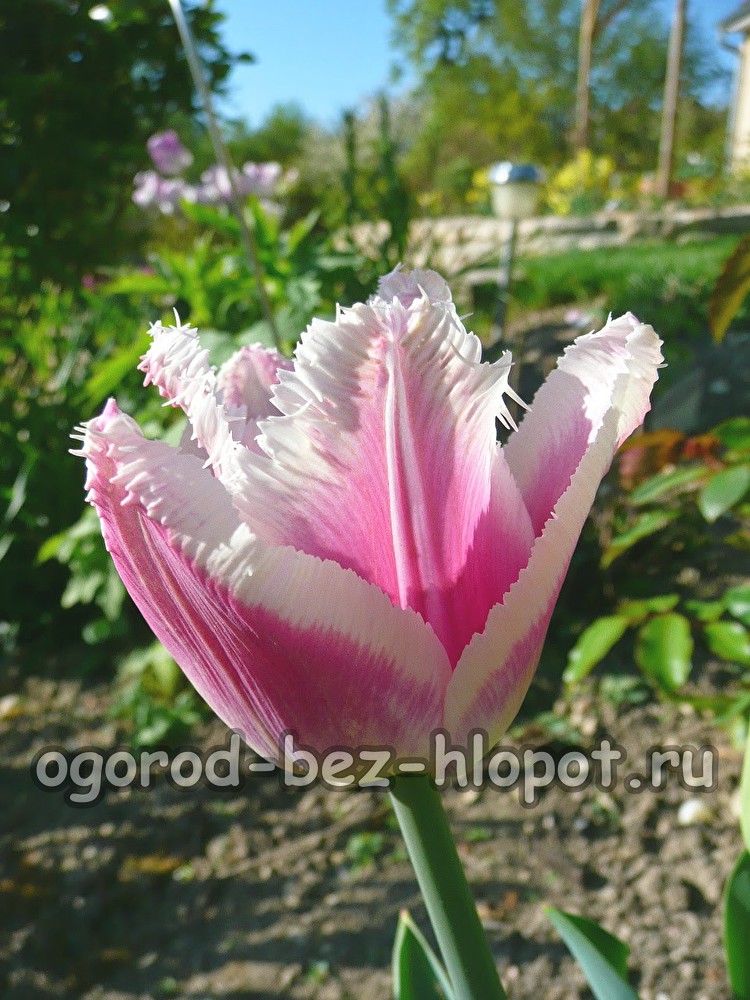
Tulips of an unusual shape are best planted near the tracks. Varieties of simple-shaped tulips look great in a group around a tree.
The diameter of the flower can reach 20 cm. On one stalk more often you can see only one flower, which has impressive dimensions. There are exceptions when several buds are on the same stem. Flowers are single-color or in combination with several shades. Flower petals are ovoid, bell-shaped, spherical or star-shaped. Also, some tulips are distinguished by their light aroma similar to the smell of lily of the valley or cloves. The leaves of the plant are straight, oval or lanceolate. Tulips feel spring well, as soon as the snow melts, the first leaves appear. After a month, the plant blooms and is ready to please the eye for 35 days.

Growing tulips, how to do it right?
Many tulips love direct sunlight and bright light. The main thing is that there are no drafts. Watering should be done about 3 times a week, avoiding water entering the plant itself. At a temperature of 20 ° C, flowering can be observed for a long time. The tulips also tolerate lower temperatures quite well. After flowering and drying of the stem and leaves, the bulbs are dug up and kept in a dry place. Again the bulbs are planted already in the fall. For distillation requires good top dressing and temperature.
find out the timing of planting tulips for the winter in 2016
How to propagate tulips?
A popular way to propagate tulip flowers is considered to be the separation of baby bulbs. The mother tulip bulb dies each year, and a new daughter bulb appears to replace it.
The best time to plant tulips is mid-September - early October. Before planting, it is recommended to immerse the bulbs in a 0.2% solution of foundationazole. Bulbs need to be planted in depth, depending on size, by 5-15 cm. It is important that they lay down on the ground bottom or side, so the plant will come out faster. In order for the bulbs to ripen well, the flowers must be constantly cut.
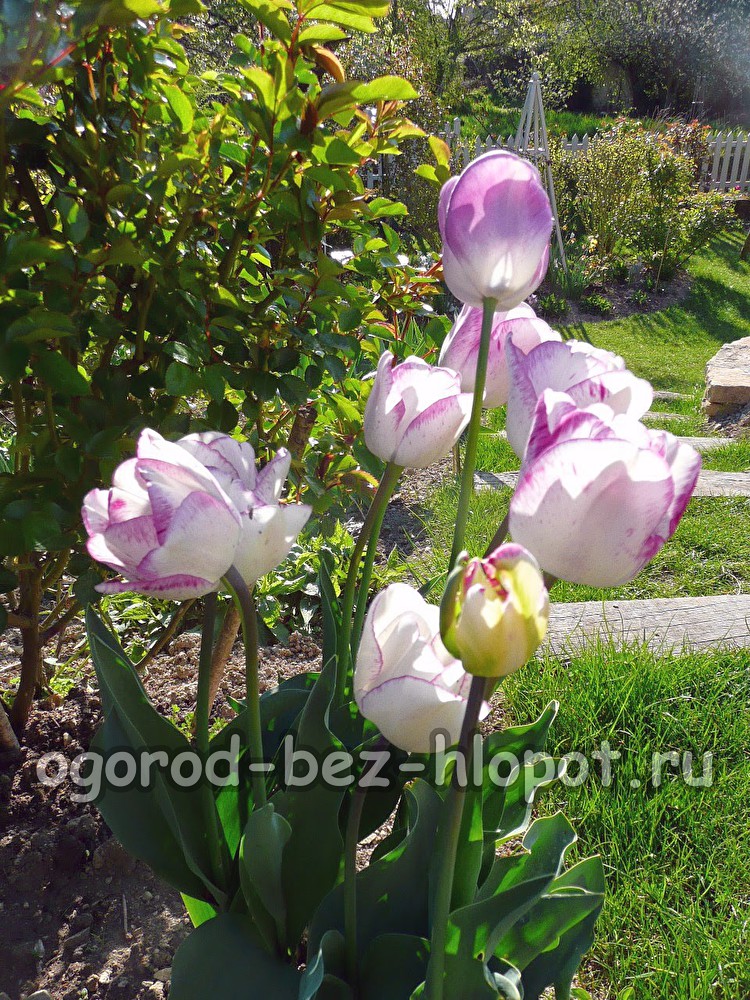
How to deal with pests and diseases of tulips?
Tulips are also not protected from pests and diseases, like other plants.Damage to the root system causes the formation of fungi and bacteria. And the drying of the buds is an indicator of the presence of gray mold. Considerable damage is done to snail plants by eating leaves and leaving shiny saliva. Ticks also cause rotting of the bulbs and are destroyed only by anti-ticks. When planting tulips, you must purchase a special disinfected substrate. It will help prevent bulb disease. In addition, the appearance of the plant can show what useful substances a flower lacks. The blue-green color at the edges of the leaves indicates a lack of potassium and phosphorus in the soil.
You need to plant tulips in the area where there were no other tulips for 3 years, at least. This will reduce the risk of contracting disease. Tulips are spring, the sun, the first green. Flowers are looking forward to the start of a new garden season.
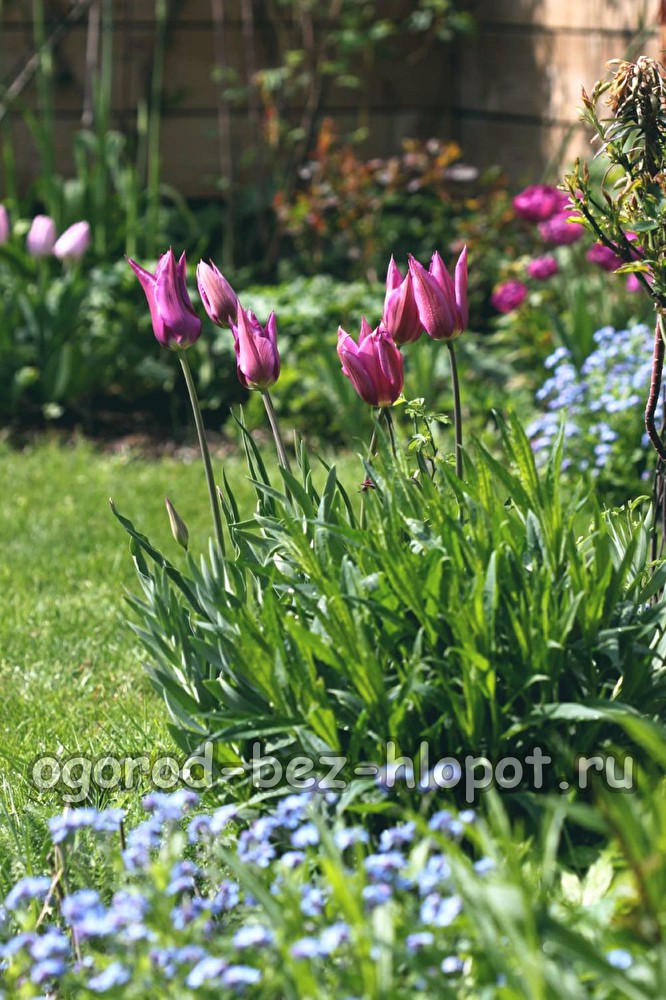
We gave a brief description of tulips and also told in multiple ways how to grow and how to propagate flowers, since it is impossible to display all varieties and types of this plant in one article.
You should also know Dates of digging tulips after flowering
Stay tuned for more important information.

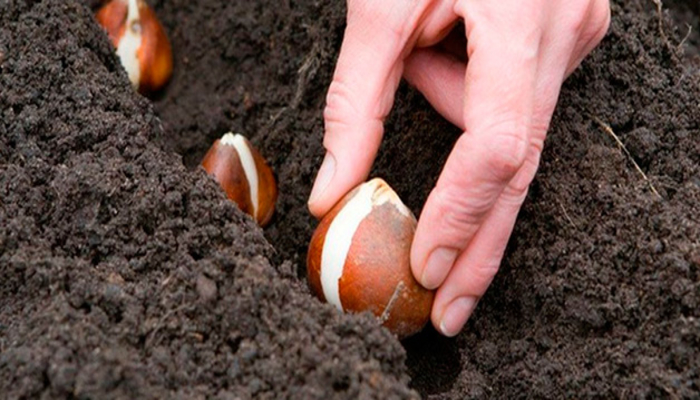
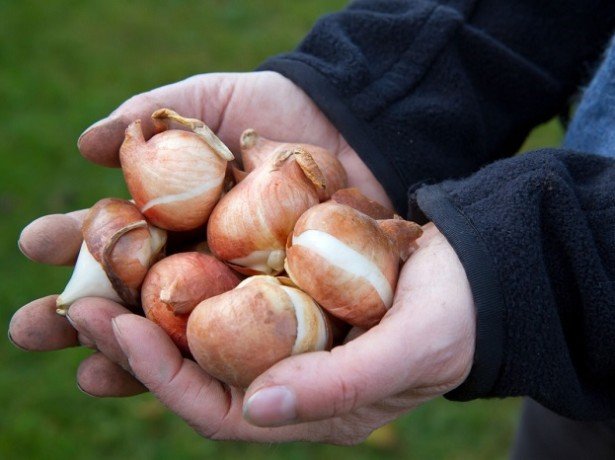
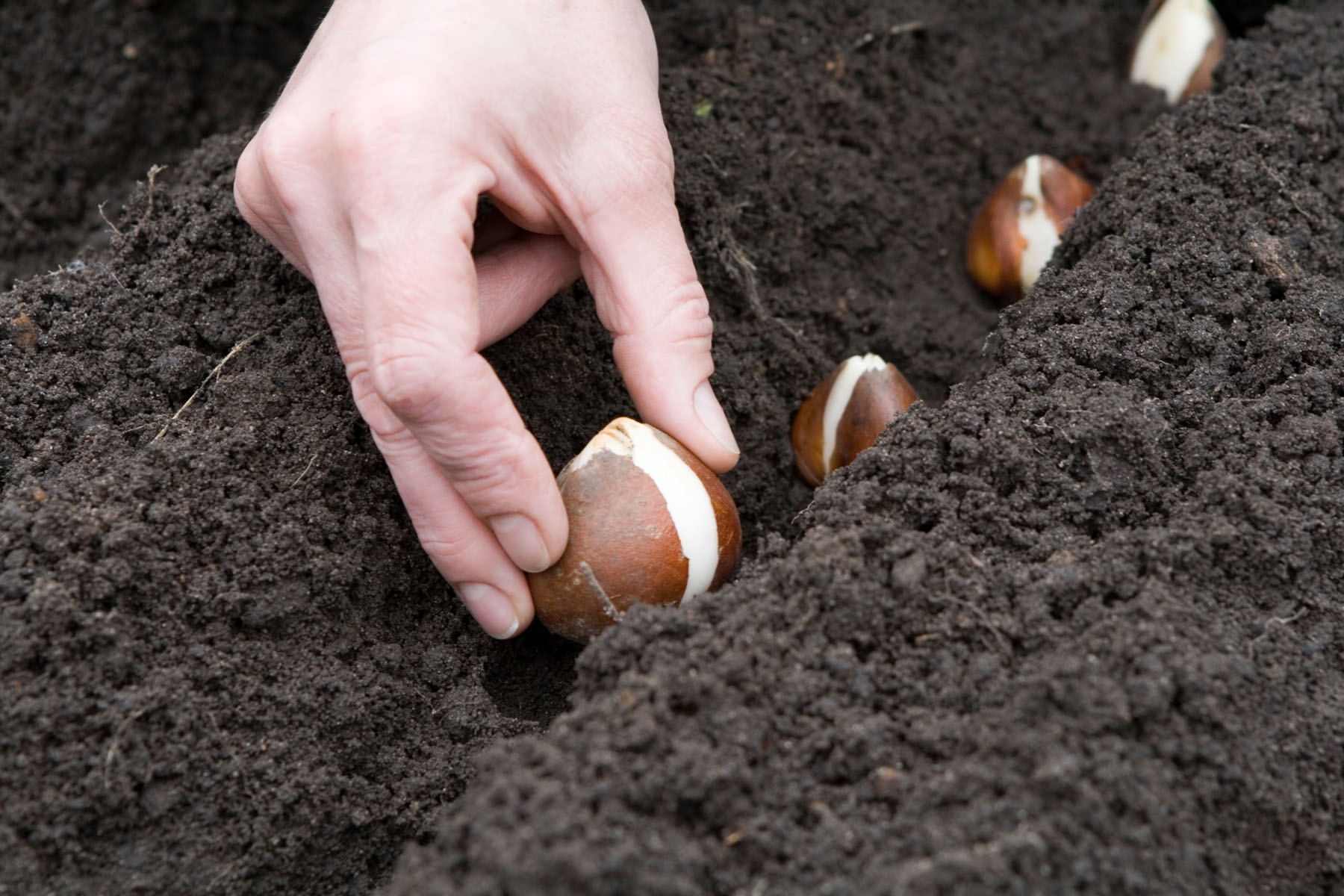
 When and how to plant tulips in autumn in the open ground
When and how to plant tulips in autumn in the open ground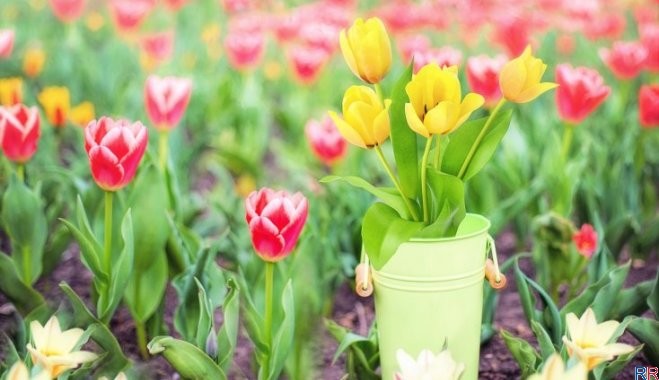 When to dig out tulips after flowering and when to plant again in the ground
When to dig out tulips after flowering and when to plant again in the ground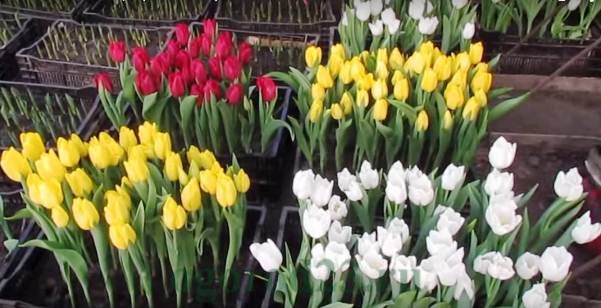 We plant tulips at home on March 8
We plant tulips at home on March 8 How to save tulip bulbs after flowering until next spring
How to save tulip bulbs after flowering until next spring